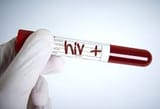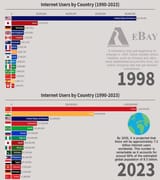>>713579491
1. Southern Africa (e.g., South Africa, Namibia, Botswana)
High crime rates, especially violent crimes like assault, robbery, and homicide.
South Africa is often cited among the most crime-prone countries in Africa.
2. West Africa (e.g., Nigeria, Ghana, Ivory Coast)
Moderate to high crime rates, especially urban crimes (theft, fraud).
Some areas suffer from organized crime, piracy (e.g., Gulf of Guinea), and terrorism (e.g., Boko Haram in Nigeria).
3. East Africa (e.g., Kenya, Ethiopia, Tanzania)
Generally moderate crime, with more petty crime in urban areas.
Political instability in some regions (e.g., Ethiopia’s Tigray conflict) causes local spikes in crime and displacement-related violence.
4. Central Africa (e.g., DRC, CAR, Chad)
Often high rates of violent crime, including armed conflict and sexual violence.
Weak governance and ongoing civil conflicts (e.g., in DRC and CAR) lead to lawlessness.
5. North Africa (e.g., Egypt, Morocco, Algeria)
Lower reported violent crime, but authoritarian governance can suppress real reporting.
Higher instances of politically motivated detentions or police violence rather than street crime.
Hypotheses for Crime Rate Variations:
Economic Inequality & Poverty
High youth unemployment and inequality drive theft, robbery, and gang violence, especially in South Africa and Nigeria.
Urbanization Without Infrastructure
Rapid growth in cities (e.g., Lagos, Nairobi) without matching services leads to slum formation and increased petty crime.
Corruption and Weak Institutions
Where law enforcement is corrupt or ineffective (e.g., DRC, Nigeria), criminals act with impunity.
Conflict and Political Instability
Regions like the Sahel and Great Lakes see crime spikes due to armed groups, weak central control, and displacement of populations.












































